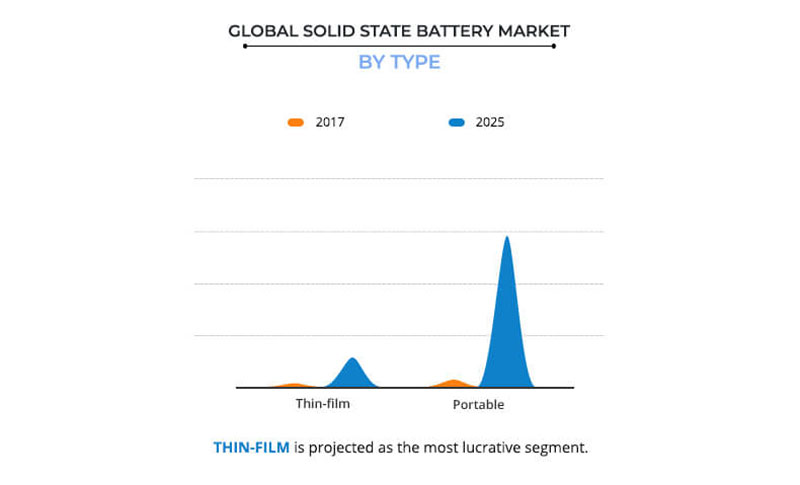Here’s a battery market that is predicted to grow from $53m to $1.4bn in just 8 years
Mining
The electric vehicle revolution is driving demand for so many different battery metals – but here’s one battery market that by 2025 is expected to be worth 26 times what it was in 2017.
The forecast from one market researcher is that solid state batteries will rocket to $1.4 billion by 2025, from $53 million in 2017.
Solid state batteries use solid electrodes and solid electrolytes, instead of the liquid or polymer electrolytes found in conventional lithium-ion or lithium polymer batteries.
The technology is harder to engineer, but promises a battery that is higher capacity, higher density, higher performance and quicker to charge.
Allied Market Research says the complex manufacturing process and high cost of solid state batteries has restrained market growth.
Benchmark Mineral Intelligence analyst Andrew Miller told Stockhead late last year that solid state appeared the chosen successor of existing lithium-ion chemistries.
The major question was, how quickly could this be commercialised?
“It takes a long time for a new technology to overcome the hurdles of performance, cost, safety etc so we don’t expect to see solid state enter the market in a major way before around 2025,” he said.
But between 2018 and 2025, annual demand is set to grow at an impressive rate of 49 per cent by Allied Market’s calculations.
The electric vehicle sector will be the most lucrative market for solid state batteries, notching the fastest growth by 2025.
Allied Market sees that sector growing at an annual rate of 58.9 per cent, with big car makers like Toyota, Volkswagen, Hyundai and BMW all developing solid state batteries for electric vehicles.
Demand is also being driven by the need for better performing portable batteries in tablets, laptops, smartphones, e-readers and MP3 players.
The portable segment accounted for 86 per cent of the total market share in 2017 and is expected to continue its dominance through 2025.

Allied Market Research says solid state batteries are increasingly being used in the healthcare, wearable, and drones sectors.
Solid state batteries are also being used in implantable medical devices such as defibrillators and neural stimulators, as well as smartcards, radio-frequency identification and wireless sensors.
These applications require what is known as “thin-film” batteries, a segment that is also predicted to grow at a much faster rate than any other sector.
“The thin-film battery segment is expected to register the fastest [compound annual growth rate] of 51.5 per cent from 2018 to 2025,” Allied Market Research noted.